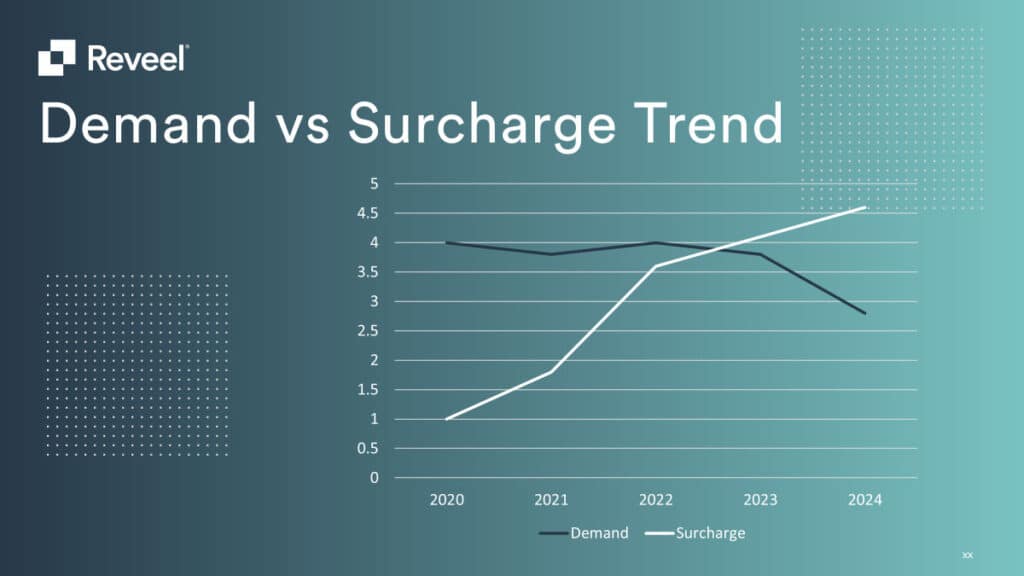The pandemic may have disrupted the global supply chain, but eCommerce is booming. Ecommerce sales are expected to reach $5.5 trillion by 2022, and the shipping industry is expected to grow along with it.
To keep up with the competition and ensure shipments are running smoothly, you need to track the right shipping key performance indicators (KPIs). By monitoring these indicators, you can change your shipping process, saving more time and money in the long run.
The KPIs you choose to track depend on your specific business goals. However, there are a few essential KPIs that every organization should track. Here are a few critical shipping KPIs to target:
Transportation
Transportation KPIs are related to the actual movement of goods, from order placement to delivery. Some indicators in this category include:
- Cost of Transportation: This KPI focuses on the cost and efficiency of transporting goods, including fuel costs, the number of trucks used, and miles driven.
- Delivery Time: The delivery time is measured from the moment the goods leave the warehouse to when they arrive at the customer’s door. This evaluates whether or not a carrier is meeting its delivery obligations.
- Timeliness of Pick-Up and Delivery: This metric looks at how long a carrier takes to pick up and deliver a shipment. It has a significant impact on client satisfaction and loyalty.
- Cost of Shipping: Shipping comprises a large portion of the total cost of goods sold (COGS). This metric can identify how much it costs to ship a product, including packaging, handling, and transit.
- Warehousing Costs: The movement of goods in and out of warehouses incurs costs. This metric looks at the expense of storing goods and the total money spent on labor and materials used to handle them.
- Carrier Compliance: Carrier compliance looks at how well a carrier adheres to the terms of its contract. Several factors come into play, including service hours, poor driving practices, driver behavior, and unauthorized access to client information.
Procurement
Procurement KPIs are related to the purchase of goods and services. This category includes:
- Inventory Turnover: Inventory turnover measures how quickly inventory moves through a company. A high turnover rate indicates that goods are moving swiftly and efficiently, while a low rate may indicate that goods are not moving.
- Inventory Velocity: This metric measures the number of times inventory turns over in a given period. It is a good indicator of how well a company manages its stock.
- Stockout Rate: The stockout rate tells you what percentage of time you are out of stock on an item. A high rate may indicate that you need to reorder more frequently or that you do not carry enough inventory.
- Order Fill Rate: Refers to the percentage of orders filled on time. A high fill rate signifies that a company can meet customer demand.
Logistics
Logistics KPIs are related to the planning and execution of the movement of goods. These metrics include:
- Order Fulfillment Rate: Defines the percentage of orders filled on time. It measures how well a company is meeting customer demands.
- Order Accuracy Rate: Tells you what percentage of orders are filled correctly. Businesses with a high accuracy rate are less likely to deal with customer complaints and returns.
- On-time Delivery Rate: Staying on track with delivery times is vital to customer satisfaction. This metric measures the percentage of orders that are delivered on time.
- Returns Rate: The returns rate captures the percentage of orders that customers return. A high rate may indicate that a product is not meeting customer expectations or that the company has poor quality control.
Customer Satisfaction
Customer satisfaction is one of the most important KPIs for any business. After all, happy customers are more likely to come back and do business with you again. There are a few different metrics that fall under this category, including:
- Net Promoter Score (NPS): NPS measures how likely customers are to recommend your company to others. It is a good indicator of customer loyalty and satisfaction.
- Customer Retention Rate: This metric tells you what percentage of customers return and do business with you again. A high retention rate indicates that customers are happy with your products or services.
- Customer Satisfaction Score (CSAT): CSAT tells you how satisfied customers are with your products or services. A high score indicates that customers are happy with what they’ve purchased.





